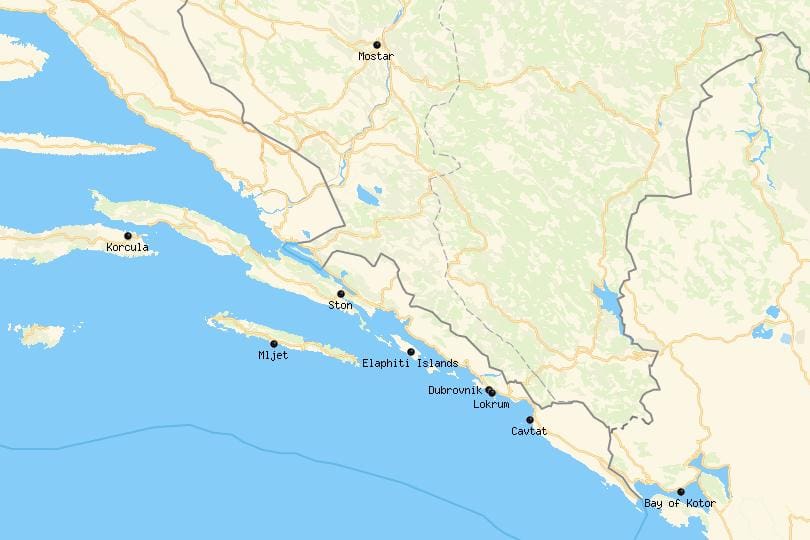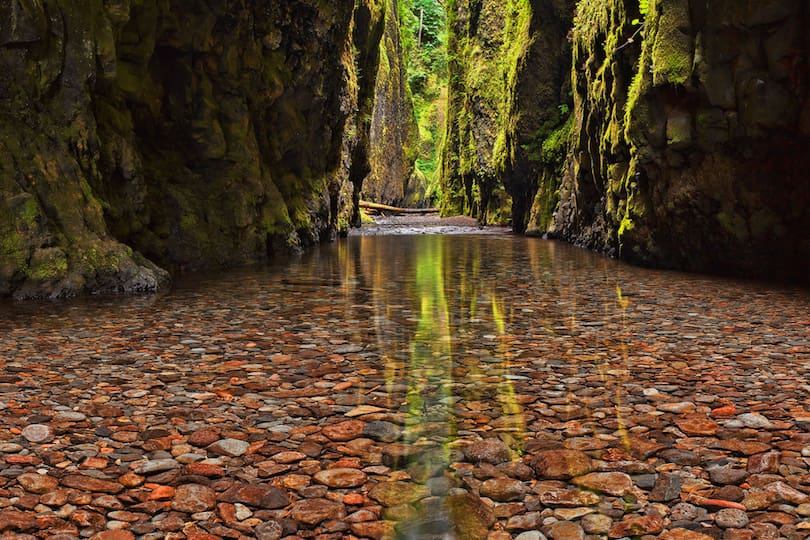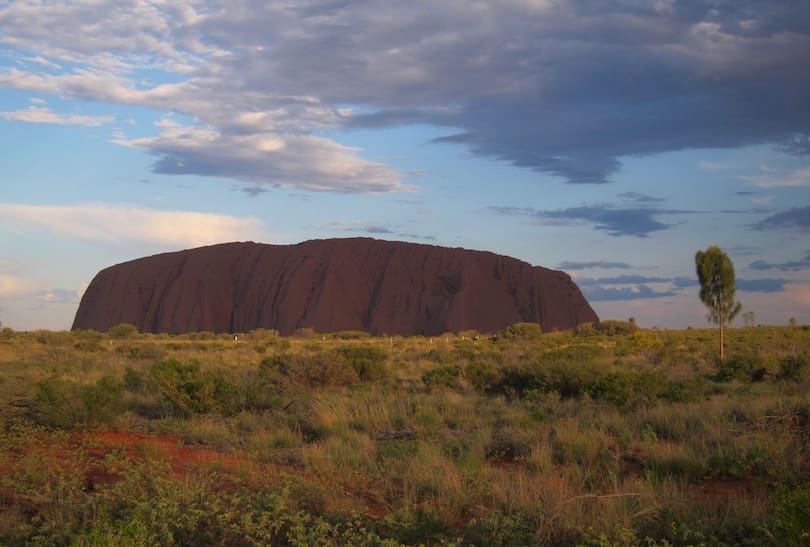The Canary Islands, an archipelago located off the coast of Morocco, is a popular destination for tourists from all around the world. The islands are known for their warm climate, beautiful beaches, and unique culture. In this article, we’ll explore 10 interesting facts about the Canary Islands that you may not know.
The Location of the Canary Islands
The Canary Islands are located in the Atlantic Ocean, around 100 kilometers west of the coast of Morocco. The archipelago consists of seven main islands, Tenerife, Fuerteventura, Gran Canaria, Lanzarote, La Palma, La Gomera, and El Hierro, as well as several smaller islands and islets.
The Islands’ Name and Flag
The origin of the name “Canary Islands” is uncertain, but it is believed to have come from the Latin word “Canariae Insulae,” meaning “Islands of the Dogs.” The name refers to the presence of large dogs on the islands, which the ancient Romans used for hunting.
The flag of the Canary Islands features seven blue and white stripes, symbolizing the seven main islands, and a coat of arms in the center. The coat of arms depicts two dogs, one on each side of a blue shield with the image of the seven islands.
The Canarian People and Culture
The Canary Islands have a unique culture that is a blend of Spanish, African, and Latin American influences. The people of the Canary Islands are known as Canarians, and they are proud of their cultural heritage.
The Canarian language, also known as Guanche, was the native language of the islands before the Spanish conquest. Today, Spanish is the official language of the Canary Islands, but many locals also speak English and German, especially in tourist areas.
The Climate of the Canary Islands
The Canary Islands have a subtropical climate, with mild temperatures throughout the year. The average temperature ranges from 18°C to 24°C, and the islands receive very little rainfall. The islands’ location near the equator means that they enjoy plenty of sunshine, making them a popular destination for sun-seekers.
The Unique Flora and Fauna of the Islands
The Canary Islands are home to a diverse range of flora and fauna, many of which are unique to the islands. The islands’ volcanic landscape has created a variety of habitats, from sandy beaches to rocky cliffs and mountain peaks.
Some of the most famous plants and animals of the Canary Islands include the dragon tree, the laurel forest, the Canarian black lizard, and the blue chaffinch.
The Famous Carnival of Tenerife
The Carnival of Tenerife, held every February, is one of the largest and most famous carnivals in the world. The carnival attracts thousands of visitors to the island, who come to enjoy the colorful parades, music and dancing. The carnival lasts for several weeks and includes a variety of events, such as costume contests, street parties, and live performances.
The Canary Islands’ Gastronomy
The cuisine of the Canary Islands is a blend of Spanish, African, and Latin American influences. The islands’ location has made seafood a staple of the local diet, and dishes such as grilled fish and octopus are popular.
The Canary Islands are also famous for their “papas arrugadas,” a traditional dish of wrinkled potatoes served with a spicy sauce called “mojo.” Other popular dishes include “gofio,” a type of flour made from roasted grains, and “queso de cabra,” a type of goat cheese.
The Canary Islands as a UNESCO Biosphere Reserve
The Canary Islands have been designated a UNESCO Biosphere Reserve since 2000, in recognition of their unique natural environment and biodiversity. The islands are home to a variety of ecosystems, including forests, deserts, and coastal areas, which support a wide range of plant and animal species.
The Canarian Volcanoes and Their Influence on the Islands
The Canary Islands are of volcanic origin, and the islands’ landscape has been shaped by numerous eruptions throughout history. The most recent eruption occurred on La Palma in September 2021, causing significant damage to the island’s infrastructure.
Despite the risks posed by volcanic activity, the islands’ volcanoes have also provided many benefits. The rich volcanic soil has allowed for the cultivation of crops such as bananas, tomatoes, and grapes, which are important to the local economy.
Conclusion
The Canary Islands are a unique and fascinating destination, with a rich history, culture, and natural environment. From the beautiful beaches and warm climate to the vibrant festivals and delicious cuisine, there is something for everyone to enjoy on these beautiful islands.
FAQs
- What language do people speak in the Canary Islands?
- Spanish is the official language of the Canary Islands, but many locals also speak English and German, especially in tourist areas.
- How do I get to the Canary Islands?
- The Canary Islands can be reached by air or sea, with regular flights and ferry services from mainland Spain and other European countries.
- What is the best time to visit the Canary Islands?
- The Canary Islands can be visited year-round, as they enjoy a mild climate throughout the year. However, the best time to visit for sun-seekers is from June to September.
- What are the must-see attractions in the Canary Islands?
- Some of the top attractions in the Canary Islands include the Teide National Park on Tenerife, the Timanfaya National Park on Lanzarote, and the beaches of Gran Canaria and Fuerteventura.
- Is it safe to visit the Canary Islands?
- Yes, the Canary Islands are generally safe for tourists. However, visitors should take standard precautions, such as avoiding walking alone at night and keeping valuables secure.

















